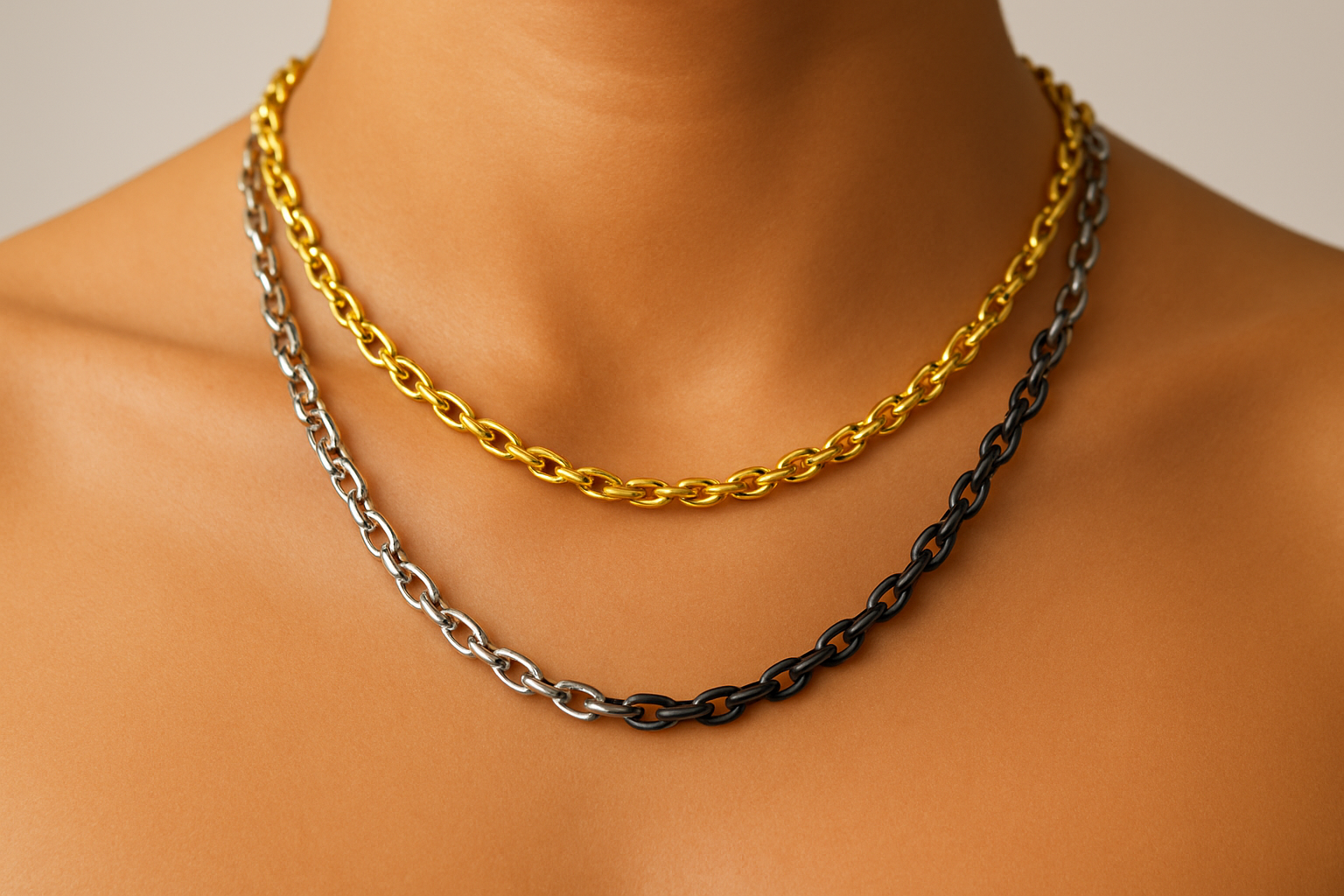Sports injuries are an unfortunate reality for athletes at every level, from weekend warriors to professional competitors. The good news is that advances in rehabilitation technology are accelerating recovery timelines and improving outcomes. This article examines practical strategies to reduce recovery time using a Therapy Machine, explains the science behind common modalities, and provides an actionable rehab plan athletes and clinicians can adapt to different injuries. Whether you are managing a sprain, strain, tendinopathy, or post-operative rehabilitation, this guide will help you use modern tools more effectively and safely.
Why faster recovery matters
Speedy recovery matters for performance, mental health, and long-term joint integrity. Prolonged immobilization can cause muscle atrophy, decreased proprioception, and scar tissue formation that limits range of motion. Conversely, returning too soon increases the risk of re-injury. The goal of rehabilitation is to accelerate tissue healing while restoring strength, flexibility, and neuromuscular control. Devices designed for therapeutic intervention shorten the time needed to reach those milestones by targeting swelling, pain, and circulation, and by enabling earlier progressive loading in a controlled way.
How therapeutic devices speed healing
Therapeutic devices support recovery through several physiological mechanisms. They can reduce inflammation by promoting lymphatic drainage, modulate pain via nerve stimulation, and increase local blood flow to supply oxygen and nutrients necessary for tissue repair. A well-designed machine delivers reproducible, measurable doses of therapy, which helps clinicians progress patients on objective criteria rather than guesswork. When integrated into a comprehensive program of manual therapy, targeted exercise, and education, a device can shave days or weeks off recovery while improving the quality of the healed tissue.
Modalities commonly offered by modern systems
Contemporary rehabilitation units combine multiple modalities in a compact platform. Cold therapy reduces metabolic demand and controls swelling immediately after injury. Compression enhances the removal of inflammatory exudate and reduces edema that otherwise impedes mobility. Electrical stimulation assists in preserving muscle mass during periods of reduced voluntary activity, and low-level laser or ultrasound can be used to stimulate cellular healing processes. Each modality has evidence supporting its use in specific windows of healing; the skill lies in sequencing treatments appropriately so they complement rather than counteract each other.
Clinical principles for using a Therapy Machine effectively
To get consistently better outcomes, follow three clinical principles: treat the tissue and the person, dose the therapy, and progress based on function. First, match the modality to the phase of healing—acute inflammatory control differs from tendon remodeling or scar mobilization. Second, think in terms of dose: duration, intensity, and frequency matter. Short, frequent sessions can be more effective than a single long one. Third, always measure progress with functional tests such as a single-leg hop, timed agility drills, or strength ratios. When recovery plateaus, adjust the program rather than continuing the same settings.
Actionable 6-week plan for a common injury: lateral ankle sprain
Week 1 focuses on acute control. Use cold and compression to limit swelling in the first 48 to 72 hours; then transition to intermittent compression to maintain fluid balance. Pain-guided range of motion should begin as soon as tolerated. Week 2 introduces gentle strengthening and proprioceptive work, paired with brief sessions of neuromuscular electrical stimulation to maintain peroneal muscle activation if voluntary contraction is painful. Week 3 increases load tolerance through progressive resistance and dynamic balance drills. Week 4 moves toward sport-specific agility and plyometric preparation while continuing maintenance sessions on the device to manage residual inflammation. Week 5 emphasizes high-velocity control and return-to-sport simulations. Week 6 is a graded return to full participation if objective criteria—symmetry in strength tests, pain-free function, and confidence—are met. Throughout the program, symptom modulation with a hot and therapy machine can be scheduled after exercise to assist tissue relaxation and circulation, but should never be used to mask pain that signals unsafe loading.
Patient education and behavior that speed healing
Technology helps, but patient behavior often determines ultimate outcomes. Adherence to prescribed load progression, sleep quality, nutrition, and hydration are all major contributors to repair speed. Educate patients about the rationale behind each treatment and set clear benchmarks so they know what “on-track” recovery looks like. Encourage realistic expectations: some tissues, such as ligaments and tendons, remodel over months, so short-term gains are a foundation, not the finish line. Psychological readiness is also essential; fear of re-injury can alter movement patterns and increase recurrence risk, so include graded exposure to sport-specific tasks in the plan.
Safety considerations and contraindications
Like any medical device, therapeutic machines have limitations and contraindications. Avoid aggressive heating over acute inflammation, open wounds, or areas with impaired sensation. Electrical stimulation should not be applied across the chest in patients with pacemakers, and compression must be used carefully in individuals with vascular compromise. Always screen for red flags such as uncontrolled diabetes, deep vein thrombosis risk, or signs of infection before initiating aggressive device-based therapy. When in doubt, consult a physician or a licensed physical therapist to ensure safe integration into the rehabilitation plan.
Measuring success and deciding when to stop using the device
Objective measures are the best guide for discontinuing device reliance. Track range of motion, strength ratios between injured and uninjured limbs, balance metrics, and sport-specific performance tests. Pain levels at rest and during activity should trend downward. Once the athlete demonstrates consistent symmetry in key tests and can perform sport tasks without compensatory movement, device sessions can be tapered to preventive or maintenance use rather than daily therapy. The aim is to make the athlete independent and confident, with the device serving as an adjunct rather than a crutch.
Practical advice for clinicians and coaches
Integrate device sessions into the broader rehab flow—use them to prepare tissue for loading, to aid recovery after intense training, and to facilitate neuromuscular activation when voluntary contraction is limited. Documentation of settings and patient response allows reproducibility and safer handoffs between clinicians. For teams without a full-time therapist, training a coach in safe operation and red-flag recognition can expand access while maintaining patient safety.
The future of device-assisted rehab
Emerging trends point toward personalized parameters based on biometric feedback, longer-lasting portable units, and better integration with wearable sensors to create closed-loop systems that adjust therapy in real time. These innovations promise to make device-assisted rehabilitation more precise and accessible, ensuring that interventions align with each athlete’s unique healing trajectory.
Conclusion
Reducing recovery time from sports injuries requires a combination of timely interventions, disciplined progression, and thoughtful use of technology. A Therapy Machine can be a powerful ally when used with clinical judgment, objective measurement, and patient-centered education. Incorporating device-based modalities into a structured plan—one that balances inflammation control, neuromuscular preservation, and progressive loading—accelerates the journey from injury to full performance. With careful application and attention to safety, athletes can return stronger and more resilient than before, armed with both smart programming and the right tools.


